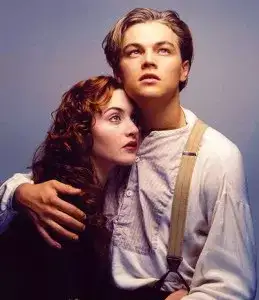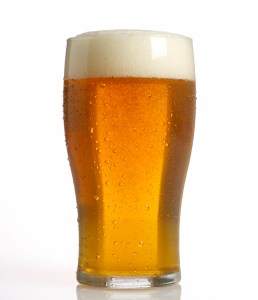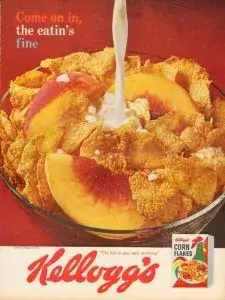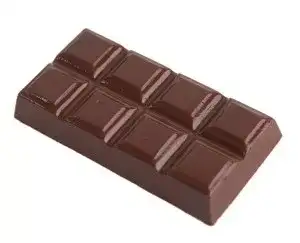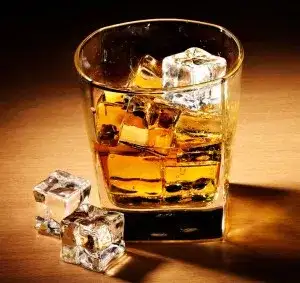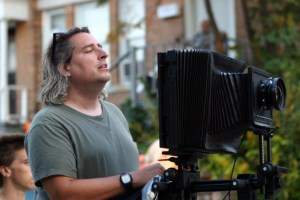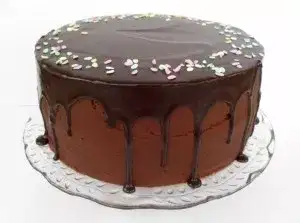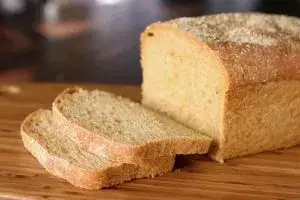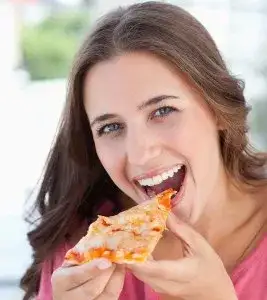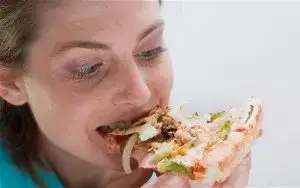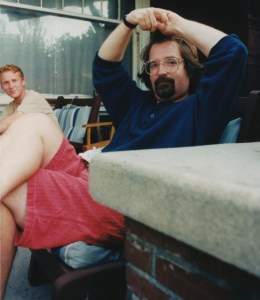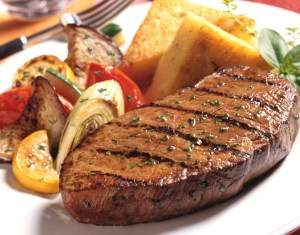Confessions of a food photographer
June 5, 2023 by Thomas Wictor
I was never a food photographer, but I knew one. He told me all the secrets of the trade. To me it was like talking to an alchemist, magician, and spy all rolled into one. He couldn’t understand why I found his job so fascinating.
One confession of my own that I’ll make up front is that I was deeply in love with his wife, a woman who looked exactly like Jennifer Connelly.
I’ll call her “Sophie.” She was not only one of the most physically beautiful women I’ve ever known, she was also massively intelligent and as funny as a professional comedian. Oh, and she was a magnificently gifted writer. Her husband “Fred” was as physically stunning as she was. He didn’t mind in the slightest when men fell in love with his wife.
Sophie was the first Jewish person I’ve known intimately. She could make me laugh until I couldn’t breathe. We spent a lot time alone together, driving to this or that photo shoot, party, or dinner. Once in my car, I told her that I’d read that Billy Crystal had built an exact replica of an airliner bathroom in his house.
“Why the hell would he do that?” I asked.
“Because he’s such a neurotic Jew that he can’t pee on airliners, knowing that there are people waiting outside the door,” she said instantly. “He had an airliner bathroom built in his house so he could practice peeing.”
That never would’ve occurred to me. I screamed and pounded the steering wheel. She’d said it with such campy, eye-rolling, lip-curling contempt that I couldn’t stop laughing. She had a velvety smooth, contralto voice, but her laugh was a strangely hesitant series of hiccups. Against her will, it revealed her vulnerability.
“You’re the only person who thinks I’m funny,” she told me shyly.
That’s because there’s no cultural context for a hilarious, intelligent, beautiful woman. Nobody lets them be funny. Men are threatened, and women are jealous. Almost everyone is an insecure moron.
On only one occasion, I turned the tables on Sophie, when we saw Titanic.
The scene where Leo is drawing the nude Kate was finally too much. I shouted, “I HATE THIS MOVIE!” and Sophie bent double in her seat. I thought she was trying to hide from all the stares, but she was convulsively struggling to breathe, and then she unleashed a peal of sobbing, musical, feminine laughter that was the most gratifying sound of my life so far.
But this post is supposed to be about the secrets of food photography. Here’s what Fred informed me.
A glass of beer.
It’s actually motor oil with suds made by whipping up water and laundry detergent. Under all the bright lights, real beer looks like a urine specimen, and the head lasts only a couple of seconds.
A bowl of cereal.
The “milk” is white paint.
Sherbet and ice cream.
And chocolate.
All models made of two-part epoxy resin and painted. And vanilla ice cream is often pork lard.
Ice cubes in a drink.
They’re glass or plastic. In the past they also airbrushed in the various reflections and convolutions. A lot of food photographers used 8 X 10 view cameras.
The negative was eight inches by ten inches (20 centimeters by 25 centimeters). With this huge canvas, you could do all the retouching you needed. Fred described a typical cake shoot.
He’d have his two assistants spend the day at his studio, helping him set up the lights. The food stylist would bring a “stunt cake” or stand-in that was put under the lights, getting stale and cracked as they took test photos. Meanwhile the real cake was in the portable fridge.
When everything was ready, they’d have a countdown, beginning at ten. The food stylist would hurry to the fridge, bring out the real cake, put it in the right spot, drizzle the caramel or frosting over it, and click! One shot. There was only one chance to get it right.
Food photographers have portfolios. Some photographers make a very good living shooting only bread. There was a Los Angeles photographer who was asked to bring his bread portfolio to a magazine’s office. The editor leafed through the images.
“You’re very good,” the editor said, “but your bread is kind of ethnic. We need someone who can shoot white bread.”
So he didn’t get the job. He didn’t have enough white bread in his portfolio.
Fred also shot people eating.
Most of the time, the models don’t actually put the food in their mouths. But sometimes they have to take a bite.
Off camera is someone holding a “spit cup.” It’s some form of container that the model will spit the bite of food into. Sometime they put a tub on the floor, and she leans over and drops in the chewed-up food. This is because they have to do multiple takes, and you can’t have a model eat three large pizzas or fifteen hamburgers or thirty donuts.
What I love about food photography is the artifice. I’ve always been entranced by phony settings, like Disneyland or the mock towns they built in the 1950s that they blew up with atomic bombs. In China and North Korea there are entire fake cities. They have office buildings, department stores, and apartments—all empty. Timers turn the lights on and off. Some of the cities have municipal employees to sweep the streets and trim the trees, but nobody lives there. They’re Potemkin villages, ghost cities built to impress the outside world.
My relationship with Fred and Sophie was as fake as a Chinese ghost city, but I didn’t know it for years. It’s a shame, because I truly liked them. Their problem was that they hated themselves so much that they had to punish anyone who tried to be their friend. Sophie became especially cruel to me. I’ve identified what compelled her to begin assaulting me. We were in my car, and she’d made me laugh, and without thinking I reached out and cupped her face in my hand. I didn’t even know I was going to do it.
There was never any question that I’d hit on her, since I was hugely overweight, underemployed, chronically depressed, and a wearer of clown glasses.
That’s my brother Eric on the left.
When I cupped Sophie’s face, she said, “How did you know that’s my favorite way of being touched?”
I didn’t.
But after that, she started picking fights and taunting me sexually. Her habitual outfit was a long-sleeved button-up shirt—tails untucked—and tight, faded jeans. She’d sit in front of me and spread her legs, draping one over the arm of the chair and putting one on the table, gently thrusting her pelvis at me. Or she’d tell me in graphic detail about quickies she’d had with strangers in parks, back yards, churches, or museums.
One afternoon she let me into Fred’s studio. We were alone; as she walked up the stairs in front of me, she looked back over her shoulder, smiled, and said, “Would you like to f**k me in the ass?”
“No,” I said honestly.
“Liar. Every man wants to f**k me in the ass.”
We got to the top of the stairs, and as she walked away, she lifted the tail of her shirt and shook her buttocks at me. I felt terrible that she’d demean herself that way, but I knew that there was nothing I could do. The end was approaching.
She was a heavy drinker and a mean drunk. After a truly mortifying scene in a restaurant, in which she made a complete fool of herself by throwing a screaming, foul-mouthed tantrum, I cut Fred and Sophie out of my life.
But every time I see a photo of food, I think of them. I remember how for a while, she was glad that I appreciated just how special she was, and I remember how she made me laugh.
Thank you, Sophie.
This article viewed 445 times.


